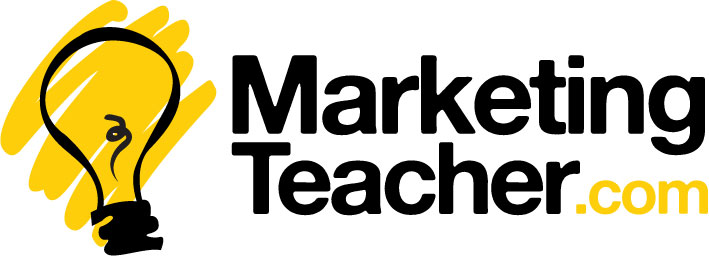Consumer Behaviour
External influences – Introduction
What are external influences in consumer behavior?
a. What a consumer eats, wears, and believes are all learned and influenced by the culture they live in, their family, childhood and social environment. All of these are external factors that affect purchases.
Examples include: Religious, Political, Family, Friends, Co-workers, Clubs and Associations.
People are social and they want to belong to special groups. Group members share common interests, influence each other, and share rules and values. Primary groups are those with the most influence, such as family members; secondary groups have less interaction than the primary group, such as clubs and organizations. As children grow into teenagers, their parents become less of an influence and peer groups become more of an influence. All groups exert what is called social power; some groups have more power than others over consumers’ decisions.
|
Type of Social Power |
Description |
Example |
|
Referent |
A person likes a group and acts like them so the group will accept them |
A teenager wants to join a popular group, so they begin to dress like them and listen to their groups’ chosen music |
|
Legitimate |
Membership comes with agreements and there will be consequences for nonconformity |
A boss has authority over his employees and can fire them if they don’t do an adequate job |
|
Expert |
Groups have knowledge that others want to gain |
Consumers who want to be members of The American Medical Association seek to gain their knowledge of health and wellness |
|
Reward |
Groups with power to give rewards to members |
A school soccer team can give trophies to their best players (members) |
|
Coercive |
A group can penalize members for not following the rules |
In the army, soldiers who do not report for duty on time can be forced to do manual labor or even get kicked out of the army |
c. External influences can also include situational influences, sometimes called atmospherics—sensory items in an environment that may change buying patterns, such as music, color, smell, and lighting. If a store plays loud rock music, they may attract young adults, but drive away older consumers. Color is a huge influence on behavior, but is also dependent on culture, since different cultures perceive colors differently. In the US white is a color worn at weddings, and in China, red is the color of choice for weddings. Many bakeries will pump the smell of their treats outside the store, so that passersby will be more likely to want to come in.
d. Before making a purchase, consumers will go through an external information search. They will go through this search in order to evaluate the alternatives and narrow down their list of choices. It includes:
- Personal experience—have they purchased this product before? How do they feel about it?
- Websites/Internet search—researching the quality of the product
- Knowledge—someone with little or no knowledge of the product will need lots of information!
- Friends/reference groups—consumers ask friends, family and coworkers about their experiences with the product.
- Advertising and promotions
e. A purchase may be ultimately made due to Heuristics. This is a personal set of values that everyone has and it causes consumers to buy what they are comfortable buying, such as purchasing from specific countries of origin, or products that they are brand loyal to.
Here is a list of the external influences that affect consumer behavior:
- Age
- Race
- Gender
- Education level
- Cross-cultural influences
- Sub-cultures (Hispanic-American)
- Social status (upper, middle, lower)
- Customs, Beliefs, Expectations, Traditions, Habits
- Reference groups are groups that have shared beliefs, interests and behaviors and influence a consumer’s behavior:
